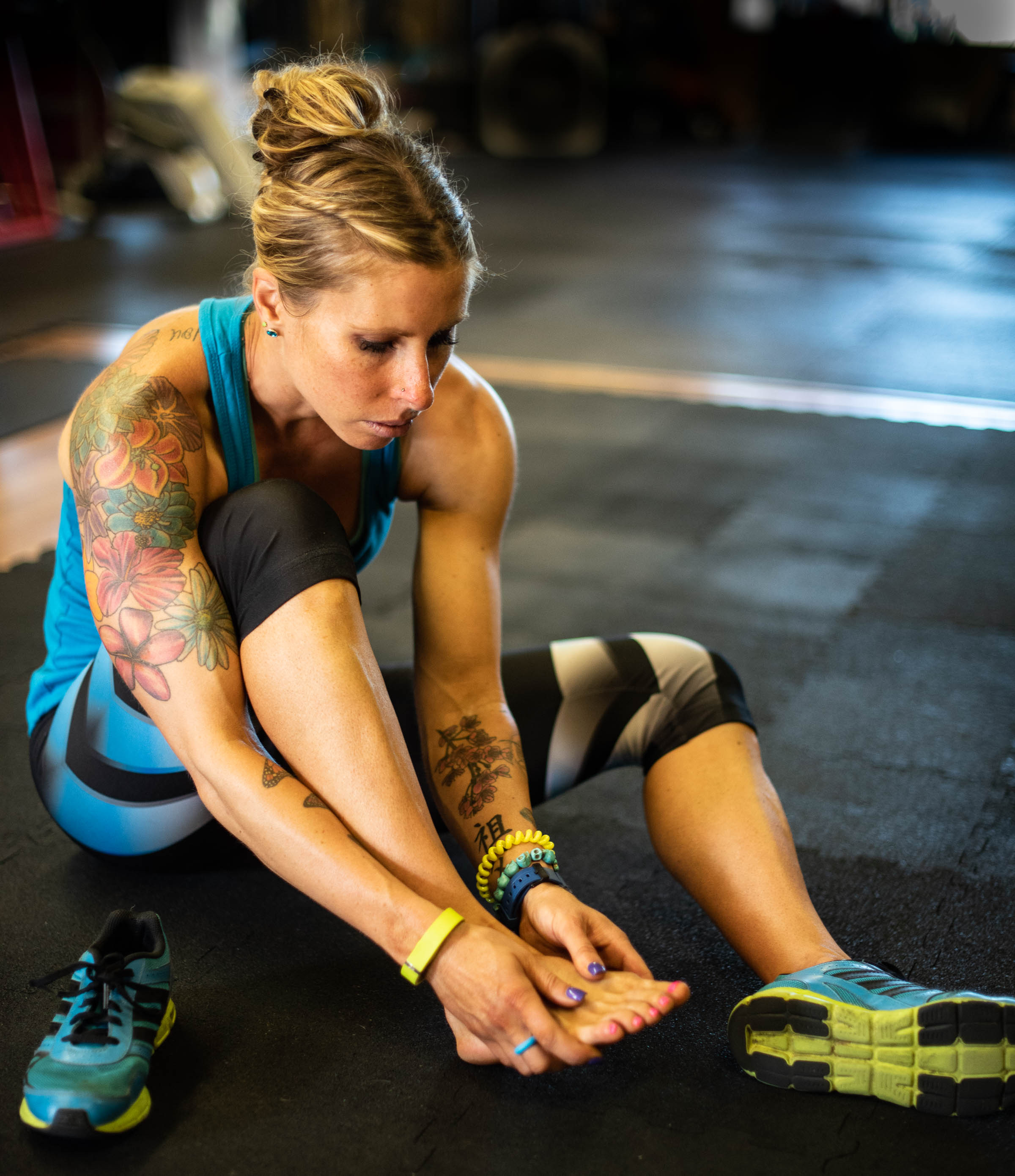I have graduate level training in critiquing peer reviewed scientific studies. You know, things like meta-analysis, assessing and comparing quantitative and qualitative data, assessing biases within journals/articles, checking inaccuracies, etc.
With that being said, again, the leading theory is that exercise associated muscle cramps comes down to muscle fatigue. Period. Not hydration or electrolyte imbalance. If your child truly had an electrolyte imbalance you should take them directly to the ER because they'd be at immediate risk for arrhythmias (
https://pubmed.ncbi.nlm.nih.gov/1728508/).
Exercise-associated muscle cramps (EAMC) are a common condition experienced by recreational and competitive athletes. Despite their commonality and prevalence, their cause remains unknown. Theories for the cause of EAMC are primarily based on ...

www.ncbi.nlm.nih.gov
Quote: "Dehydration/electrolyte and neuromuscular causes are the most widely discussed theories for the cause of EAMC; however, strong experimental evidence for either theory is lacking."
The muscle cramping is commonly seen in the gastrocnemius/soleus (lower leg) muscles and in the hamstring muscle groups.

www.sportsmd.com
Quote: "A common myth associated with treating muscle cramps is that the consumption of bananas can alleviate the cramping. "
PDF | Muscle cramps are involuntary, painful, spasmodic contractions of the skeletal muscle. Although cramps are a common clinical complaint, their... | Find, read and cite all the research you need on ResearchGate

www.researchgate.net
Quote: "
EAMC occurs during or immediately after exercise in force-generating muscles; this cramping is usually associated with fatigue. EMG studies of
cramping muscles show increased muscle activity, supporting the hypothesis of a regional, rather than
systemic, cause of EAMC."
And if you want a fun way to learn more watch this:





